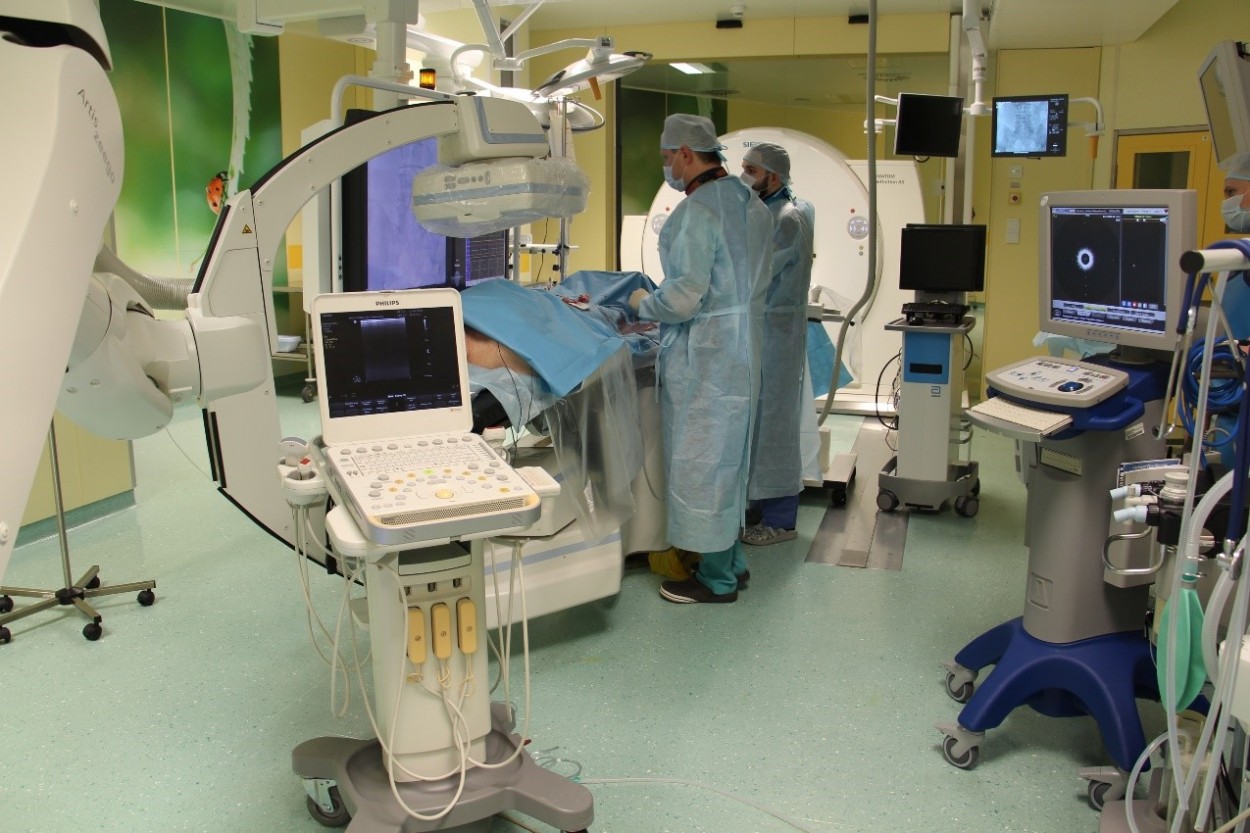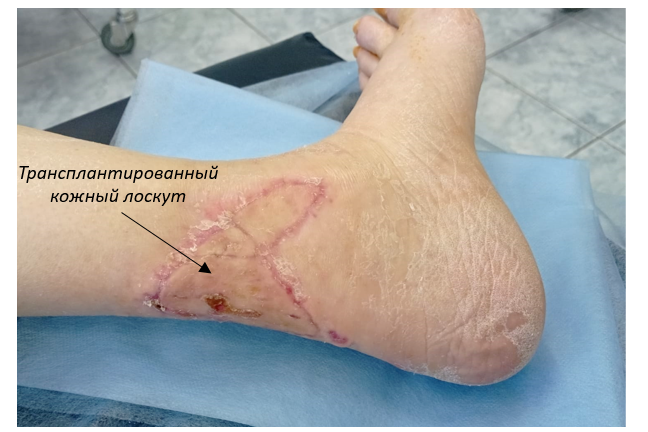
Today, the problem of the high prevalence of diabetes mellitus and the associated diabetic foot disease is becoming increasingly important. Diabetes mellitus affects about 280 million people worldwide, and according to the estimates of the World Health Organization, the number of people with diabetes may rise to 435 million by 2030. The disease is associated with high patient disability, the risk of developing an infectious complication, a high risk of amputation and high mortality. According to the world statistics, every 30 seconds a lower limb is lost to amputation somewhere in the world as a consequence of diabetes. The main causes of diabetic foot are decreased sensitivity and impaired blood supply to tissues. Triggering factors are often skin injuries from footwear, foreign bodies, foot deformity, which, combined with infection and insufficient blood flow, lead to foot ulcers and the risk of amputation.

In 2022, doctors at the Vascular Surgery Clinic of Almazov Centre treated more than 100 patients with diabetic foot. A well-coordinated team of specialists, including vascular surgeons, an orthopedist, anesthesiologists, endocrinologists and cardiologists, pooled their efforts in saving the limb of each patient. They used a personalized approach to each patient, including revascularization of the arterial bed in a hybrid OR with 2D perfusion angiography to assess microcirculation, correction of glucose levels, rational antibiotic therapy, osteoplastic reconstruction, including skin grafting.
On e of the surgical options for diabetic foot is skin grafting for extensive ulcers. In this case, doctors use the technique of harvesting skin from the patient's thigh and transplanting it to the affected area of the foot after partial amputation. The main conditions for the success of this procedure are sufficient blood supply, the absence of infection in the wound and the formation of active granulations. The affected area is prepared for transplantation by revascularization of the arteries of the lower limbs and antibiotic therapy, after which a skin graft is transplanted. All patients after treatment and discharge are dynamically followed up at Almazov Centre.
e of the surgical options for diabetic foot is skin grafting for extensive ulcers. In this case, doctors use the technique of harvesting skin from the patient's thigh and transplanting it to the affected area of the foot after partial amputation. The main conditions for the success of this procedure are sufficient blood supply, the absence of infection in the wound and the formation of active granulations. The affected area is prepared for transplantation by revascularization of the arteries of the lower limbs and antibiotic therapy, after which a skin graft is transplanted. All patients after treatment and discharge are dynamically followed up at Almazov Centre.
The result of the multidisciplinary teamwork is not only saving limbs, but also saving lives of people of working age who sought treatment at Almazov Centre.
